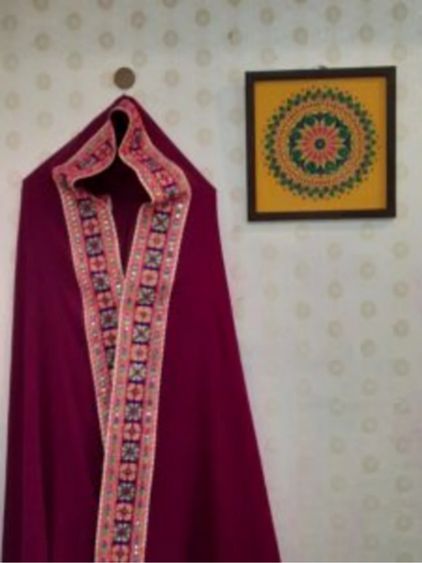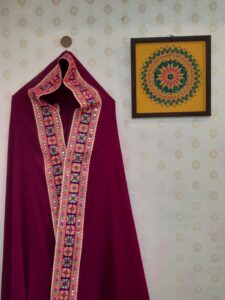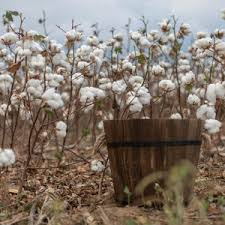Art adds colour to the room and not only decorate it more adequately, but it…

Kutch’s own Kala Cotton darling of Fashion Industry

Kutch / Kachchh is an ancient land of Indi, possessed of great antiquity which takes its name from its geographical characteristics and topographical features resembling a tortoise (Kachchh), the name by which it has been referred to in the ancient literature
Kala cotton which grows in a very arid region of India, the province of Kutch. It is a cotton endemic to this region that grows in an ultra-ecological way. This fabric can only be produced by hand for the spinning and weaving stages. It’s a Indigenous cotton and its origin are from Kutch, formerly known as Wagad cotton, which is native to Gujarat and is by default organic
Kala Cotton is extremely water efficient, conducive to dry farming, and can produce a decent yield without the input of any pesticides or fertilisers, even in a drought like situation when the rainfall is erratic. Its a purely rain-fed, short–staple, carbon neutral crop protagonist of slow-fashion and sustainable, however through years it had lost its usage, since the modern drip irrigation provided good supply of water, leading to growth of other varieties of cotton, which unlike Kala Cotton needed pesticides and fertilisers.
Kala cotton’s short staple-length makes it difficult to spin and weave and initially Another reason for its diminishing demand in the market was that like most other desi varieties, Wagad cotton is a short-staple variety. Unlike the long-staple variety, this gives a coarse texture. Ironically, this very coarseness of the “people’s cotton” that we were used to wearing earlier and was ideal for the country’s weather conditions led to its downfall.

In 1990s, around 2000 weavers in Kutch were making their livelihood by creating and selling Kala cotton fabrics and products but now, only 600-700 small-scale weavers, who face difficulties in integrating with the changing global market, are engaged in the art. More than 20 farmer families are members of a co-operative engaged in Kala cotton farming.
Since the farmers with small landholdings cannot afford to use chemicals or pesticides, this has become their strength by default, and since Kala cotton has been certified as organic. Its demand has started growing and has now become favorite of some of the national and International Designer

